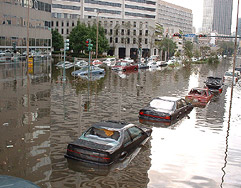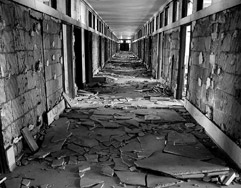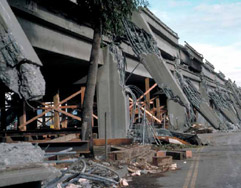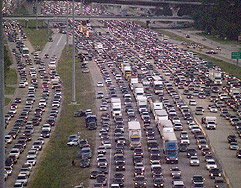0:05 Cycling on the left edge of the bike lane to stay out of the door zone (extending five feet from parked cars), Culver City bus passes closely in right travel lane.
0:49 Cycling in the middle of the right travel lane, same Culver City bus passes in left travel lane with lots of room.
Dealing with L.A.’s Door-Zone Bike Lanes (video)
This short video shows cyclist passing distances provided by the same Culver City bus operator for cyclists (a) on the left edge of a door-zone bike lane (DZBL) and (b) leaving the bike lane to control the right general travel lane. I am riding my 1978 Jack Taylor tandem here with my wife and our audible conversation is also relevant to what we are experiencing.
For more background and info, see below if interested.
=========================================
Our move to Los Angeles last August after 34 years in Urbana (IL) has required some adapting to our new environment. Much has been easy, such as adapting to the SoCal weather and beaches. But the traffic can be a bit more challenging.
The biggest challenge for me as a cyclist is dealing with L.A.’s bike lanes. Some of the bike lanes in L.A. County are fine, such as the right-buffered bike lanes on Westchester Parkway and Pershing Drive in my neighborhood and some of the bike lanes I’ve ridden in Redondo Beach and Santa Monica that have door-zone buffers. But most of the bike lanes I encounter are streets I want to cycle on are DZBLs that are 5-feet wide with a 7- or 8-foot parking lane on the right and two travel lanes on the left (four-lane roads). In Champaign-Urbana (IL), where I lived the previous 34 years, we have our share of DZBLs, but none of them are on four-lane streets (they are on two- and three-lane streets).
To stay out of the door zone on these DZBLs requires cycling on the left edge of the bike lane. But that puts you on the right edge of the right travel lane in the close-passing hazard zone. I found that motorists will usually move left in their lane to provide at least 3 feet or so of passing distance if they can, but this much less likely if there is also traffic present in the left travel lane. In that case, motorists can pass uncomfortably close to a cyclist outside of the door zone of a DZBL.
So I have four options: (1) avoid cycling on multi-lane streets with DZBLs, (2) cycle in the center of the DZBL farther from the close-passing zone and risk getting doored, (3) cycle on the left edge of the DZBL and risk close passes and sideswipes or (4) leave the bike lane and control the right travel lane.
(1 – avoid DZBL streets) is probably the best choice, but on some routes it is very hard to avoid streets with DZBLs. When cycling on these streets, I think (3 – left edge of DZBL) is better than (2 – center of DZBL). But (4 – control general travel lane) is certainly safest. However, this is more likely to elicit both motorist harassment and police intervention as California has a mandatory bike lane law.
Monday, November 4, 2013; around 7:50 am, PST
Westbound Washington Avenue between Mildred Avenue and Pacific Avenue, Venice, CA
–Gary Cziko on Vimeo
Tags: Bicycling, Bike Lanes, CA, California, Cycling, Gary Cziko, LA, Los Angeles, Video, Vimeo






 RSS Feed
RSS Feed